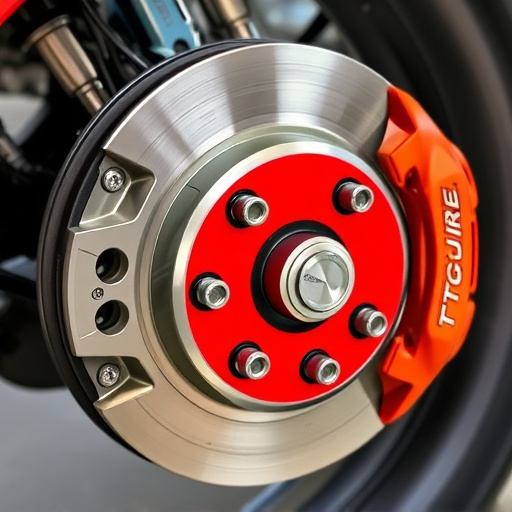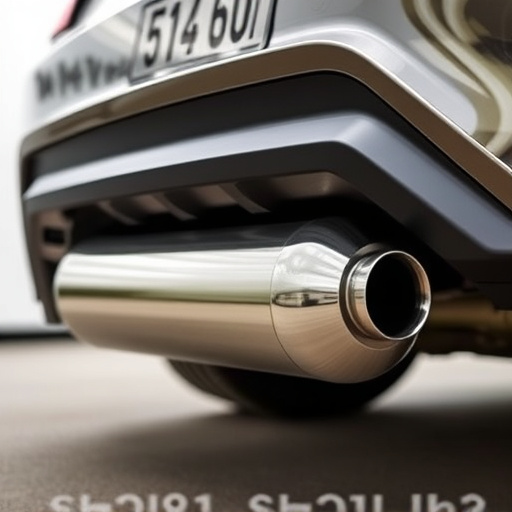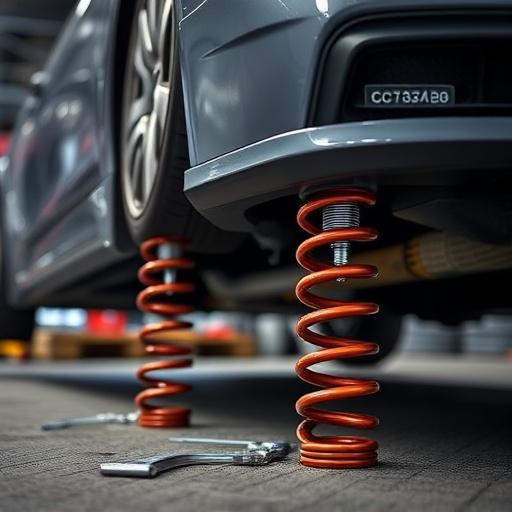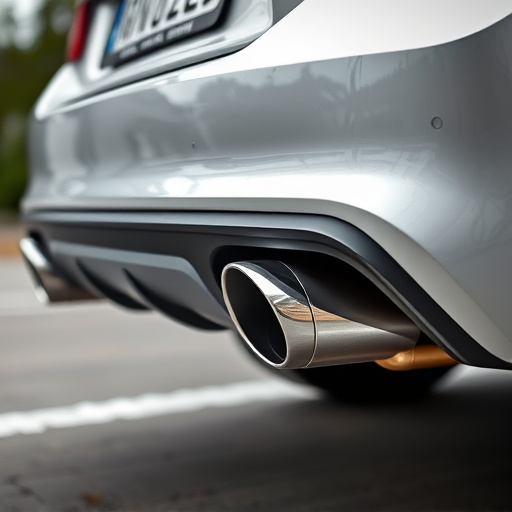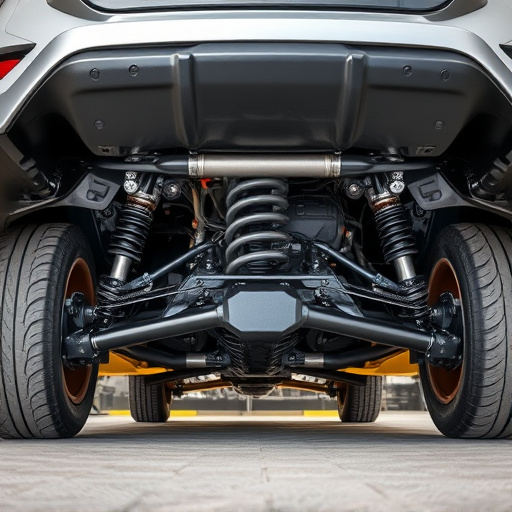The vehicle suspension system, comprising springs, struts, control arms, and shock absorbers, requires regular inspection to prevent damage from rough roads. Common hazards like potholes and uneven terrain can harm shock absorbers, struts, and control arms, leading to reduced performance and safety risks. Regular maintenance tasks include checking for wear in shocks and struts, using high-quality air filters, and ensuring proper wheel alignment for optimal tire health.
Protecting your vehicle’s suspension system is crucial for maintaining optimal performance and safety on the road. This comprehensive guide explores the intricacies of the vehicle suspension system and how it’s vulnerable to various road hazards. We’ll uncover common threats like potholes, rough terrains, and uneven roads, explaining their impact on suspension components. Additionally, discover effective maintenance practices and innovative protection strategies to safeguard your vehicle’s suspension from potential damage, ensuring a smooth and secure ride ahead.
- Understanding Your Vehicle Suspension System
- Common Road Hazards and Their Impact
- Effective Maintenance and Protection Strategies
Understanding Your Vehicle Suspension System
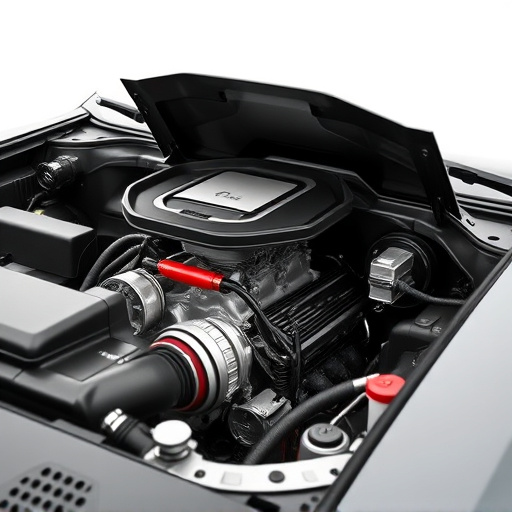
The vehicle suspension system is a complex network of parts designed to absorb shocks and impacts from the road surface, ensuring a smooth ride for passengers. It comprises several critical components, including springs, struts, control arms, and shock absorbers, all working in harmony to maintain optimal vehicle handling and stability. Understanding this intricate system is the first step in safeguarding it from potential damage caused by rough roads or inadequate maintenance.
Regular inspection of your vehicle’s suspension components is crucial. Look for signs of wear and tear, such as cracks in the suspension arms or leaks in the shock absorbers. Maintaining proper tire pressure also plays a vital role, as it ensures even weight distribution and reduces unnecessary strain on the suspension. Additionally, keeping your performance exhaust and exhaust tips in good condition can indirectly contribute to better suspension health by minimizing backpressure on the engine, which could lead to increased wear on suspension components over time.
Common Road Hazards and Their Impact
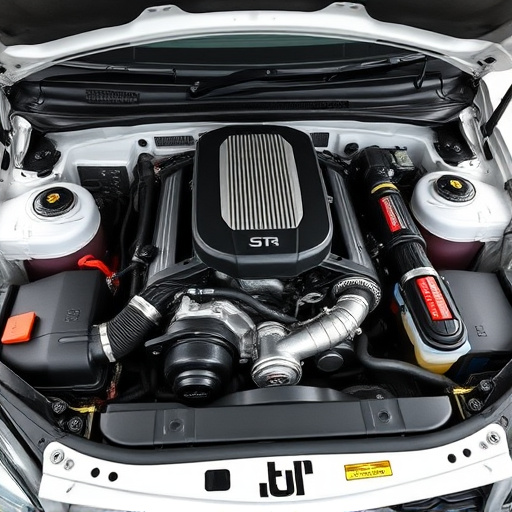
Common Road Hazards and Their Impact on Vehicle Suspension Systems
The average driver faces a variety of road hazards that can significantly impact their vehicle’s suspension system. These include potholes, uneven road surfaces, and rough terrain, which can cause damage to various components such as shock absorbers, struts, and control arms. Potholes, in particular, are a leading cause of suspension failure due to the sudden jolts and strains they exert on a car’s underbody. Even small cracks and bumps in the pavement can over time lead to misalignment issues, causing wear and tear on critical intake components like air filters and sensors.
Additionally, driving at high speeds over rough roads exacerbates these problems, leading to accelerated degradation of suspension parts, including brake pads and performance brakes. Regularly maintaining and inspecting your vehicle suspension system is crucial in mitigating these risks. By keeping an eye out for signs of wear or damage, drivers can ensure optimal performance and safety during every ride.
Effective Maintenance and Protection Strategies
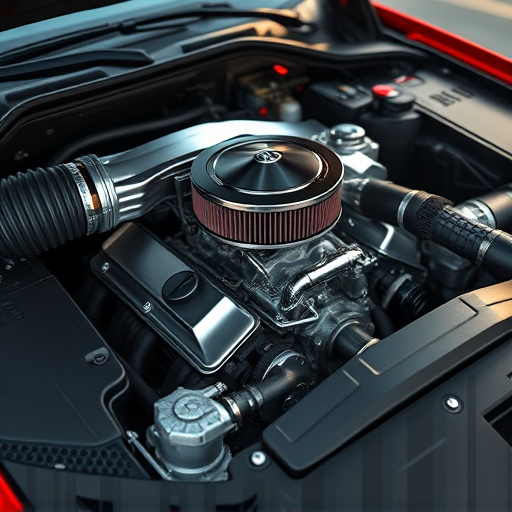
Regular maintenance is key to safeguarding your vehicle’s suspension system from road-related damage. One of the most important tasks is ensuring your shock absorbers and struts are in good condition. These components play a vital role in maintaining optimal vehicle height, steering precision, and comfort during rough drives. Regular checks for leaks, wear, or damage can prevent significant issues down the line.
Additionally, investing in high-quality performance air filters can shield sensitive suspension parts from debris and dust accumulation. Clean filters ensure smooth airflow, reducing the risk of clogging and maintaining the overall efficiency of brake components, including brakes pads, which are crucial for safety. Other protective measures include regular wheel alignment to prevent uneven tire wear and using rugged, suspension-optimized tires for off-road adventures or challenging driving conditions.
Protecting your vehicle’s suspension system from road damage is crucial for maintaining optimal performance and safety. By understanding common road hazards, implementing effective maintenance routines, and utilizing protective strategies, you can significantly extend the life of your vehicle’s suspension components. Regular checks, timely repairs, and strategic enhancements ensure a smooth ride for years to come, enhancing both driving experience and overall vehicle reliability.
